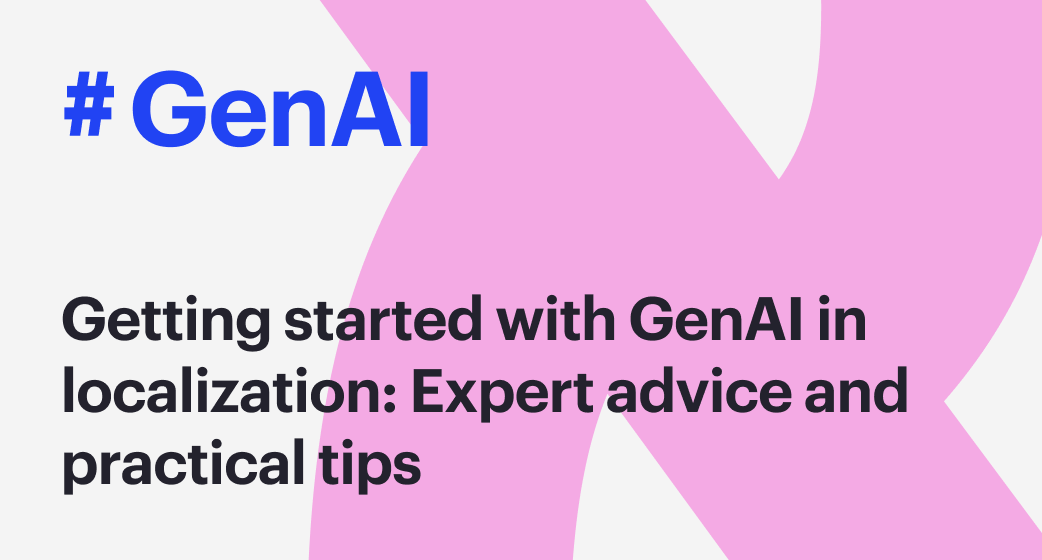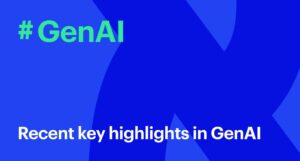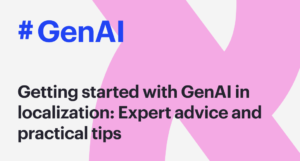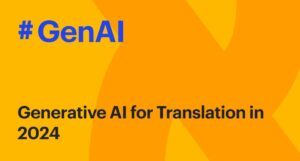Intento’s recent webinar, “GPT in Localization: When the Tide Goes Out,” featured two panels discussing the application of GenAI in localization. The second panel specifically addressed practical applications, data privacy, and security. Specialists from Trendyol, Government of Canada, Disney+ , and independent experts provided essential guidance on getting started, overcoming implementation challenges, and utilizing generative pre-trained transformers to improve localization workflows.
Learn from their experiences with content generation, translation, quality control, accessibility, workforce development, and large language model (LLM) integration. You can also watch the full recording of the webinar here.
Using GenAI in e-commerce for content generation and source quality improvement
Beatriz Verdasco, Head of Localization at Trendyol, believes that GenAI can be a game-changer for e-commerce localization. However, it is crucial to identify appropriate use cases, manage volume and speed issues, and guarantee high-quality results to get the maximum returns:
- Focus on scenarios where machine translation is not feasible due to high volume, speed, or quality concerns, and consider content generation with GenAI as a cost-efficient alternative;
- Experiment with GenAI in source quality improvement, particularly for lower-resource languages and challenging language pairs like Turkish to German;
- Address AI hallucinations, like generating inappropriate suggestions or made-up details, by refining the prompts or adjusting the model to avoid including unwanted information;
- Remember that using English as the source language can yield better results with GenAI due to its potential limitations in processing prompts in other languages.
Enhancing AI-generated translations with strategies for quality control and user experience
Ray Flournoy, Former VP of Product at Etsy, gives several tips on utilizing GenAI to generate precise translations, underscoring the importance of ongoing enhancement, feedback mechanisms, accessible tools, and multi-input methods:
- Tackle the issue of inaccuracies and distortions in AI-generated content by employing rigorous quality assessment methods and error identification strategies;
- Establish a communication cycle between translators and AI models, enabling the AI to improve performance by learning from revised translations;
- Investigate the capabilities of GenAI to develop an efficient human-in-the-loop system that functions intelligently and reliably and fosters seamless interaction for enhanced translation;
- Build dependable, easy-to-use translation solutions for sellers of diverse linguistic and technological skills, enabling them to access international markets;
- Explore the potential of GenAI to take in various inputs, including original listing descriptions and images, to enhance the translation process.
Addressing data privacy, security, and workforce preparation in government settings
Adam Ali, IT Strategist at the Government of Canada, emphasizes the importance of data privacy, security, and workforce adaptation in AI-driven localization, focusing on policy development, continuous learning, and secure AI models:
- Develop and implement regulatory frameworks, usage guidelines, and data handling policies for AI-generated content and GPT models in collaboration with legal and IT departments;
- Build custom large language models with safeguards to reduce data leak and bias risks, ensuring regulatory compliance;
- Foster a learning culture for translators by offering AI technology training, prompt engineering, and refining organizational procedures for robust AI governance and policy structures;
- Employ ChatGPT for content improvement, translation support, translation memory enrichment, and machine translation accuracy evaluation while ensuring security and privacy through data encryption.
Optimizing GPT model integration and security in content platforms
Peter Tatishchev, Internationalization Product Manager at Disney+, highlights the potential of LLM models for streamlining localization workflows, enhancing translation quality, addressing security concerns, ensuring vendor accountability, and optimizing in-house model training:
- Enable smooth incorporation of LLM models into localization workflows through essential tooling support and cooperation between engineering and localization teams;
- Improve the creation of target texts using the same inputs as the source text rather than translating from English for better context and translation quality;
- Consider developing in-house language models, isolated from the broader internet, to guarantee content security;
- Ensure vendor responsibility for data protection when employing third-party solutions that may use machine translation or content creation services;
- Explore the combination of public and proprietary data to train in-house models to ensure sufficient training data while maintaining control over the model.
Conclusion and takeaways
Effective implementation of GenAI in localization offers numerous benefits. However, localization experts should define appropriate use cases, establish quality management, prioritize data protection, improve user experience, and streamline model incorporation.
Through continuous improvement, they can utilize GenAI’s comprehensive features, providing reliable, secure, and sophisticated solutions that empower them to tackle complex linguistic issues and adapt to the changing localization landscape.



